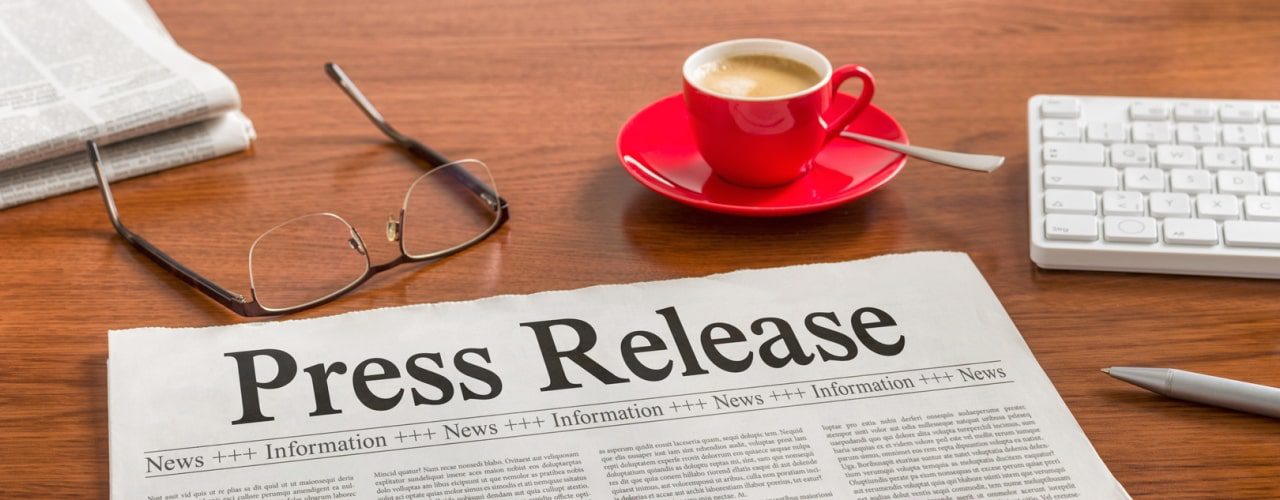One of the secrets of attaining huge brand exposure is by learning how to manage the press. But if you’re just starting out or if you’ve never even thought about PR, then all this talk of journalists and press released can seem daunting.
PR at its most basic level is communicating your message to a wider audience in a way that is interesting, news worthy and engaging. The only difference is that you are using journalists and editorial contacts, to gain increased exposure.
One of the keys to securing free advertising using PR is your content. No-one wants to know how many customers you have or the latest big product you’ve just launched however many people will be interested in your service or product if it’s linked with something interesting and current. Try making your content read like a story or a news bulletin and think virally – ie will someone want to publish my story and tell their friend. If the answer is “no”, then go back to the drawing board.
Once you’ve got your basic idea, you need to publish it to people who are also interested in your chosen subject. If your content is good then you’ll find loads of people will want to publish your article. Building a press strategy is easier than you think and it’s best to start it simple and utilise the contacts you already have. Follow my quick-start 5 point press strategy to get started.
1. Build your contacts
The first step to get things underway is the bit that will take some time. The best way to find people who might be interested in your content is to turn to your industry magazines or trade catalogues. Look in the front or back pages and look for the editors contact details. Then build a database of up to 50 journalists. If you have to, contact the publisher’s office and ask for the email of the editor or for radio and TV, ask for the Producer or Senior Researcher.
2. Writing great content
Start building your story and invest some time in getting your facts right. After all, no-one will be interested if you’re factually incorrect plus you could end up with a hefty law suit if you’re being deceptive or mentioning brand names that you don’t own. Get rid of the word “we” out of your text and write in the third person. If it helps, image a newsreader presenting your story.
3. Getting ready to publish
Prepare your article for a release date, at least one week in the future. Then send out a teaser email to your database of journalists. Make sure you attach the press release and do offer the option of exclusivity to your journalists – they always love a good exclusive. Make your email short, friendly but stress the key points from your release.
When you’re ready to go live, the morning before the date of release, go onto as many press release websites that you can afford. Don’t pay more than £40 per release and try to use the free sites such as www.mynewsdesk.com If you need help finding sites, Google “Publish Press Releases”.
The morning of your release, hit the phones and call round your database and re-email them the release, marking it “For Immediate Release”. This particularly works with the bigger press houses as they are looking for content that is fresh off the press.
4. Spinning and building momentum
Now you’re done – well no not quite. The next step is to put your press release into a spinning tool. This essentially produces unique content and will take about 1 hour to do well. Using your 10-20 pieces of unique content, go onto free blog sites and re-post your new articles. Remember it’s not duplicate content, so you won’t be hit on your SEO either. You will however get increased exposure!
5. Finally… Watch the enquiries come in
For more helpful advice and information about your Content Marketing, speak to one of the team at Iconic Digital.

